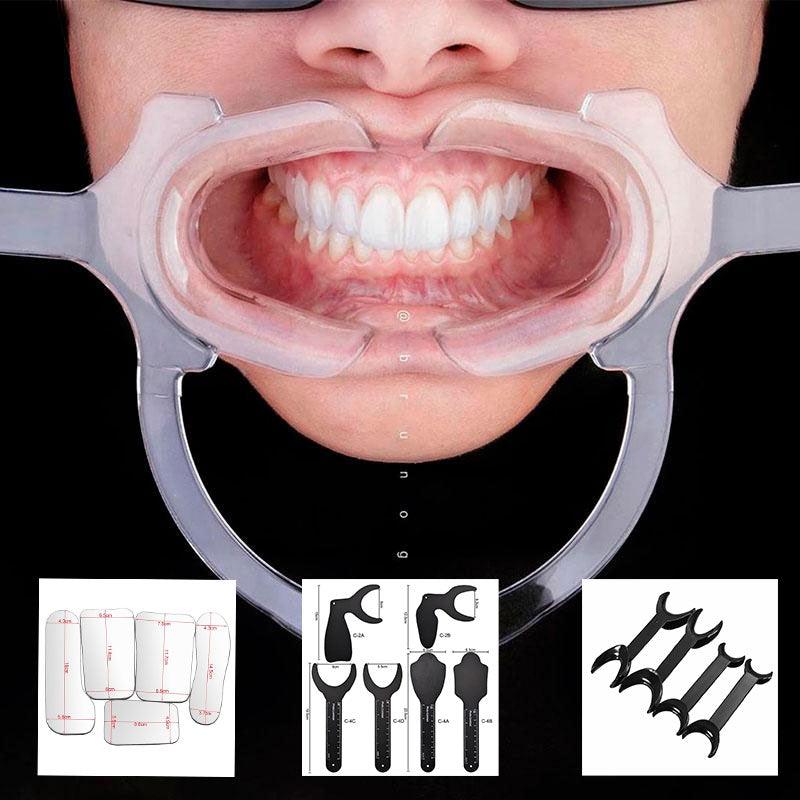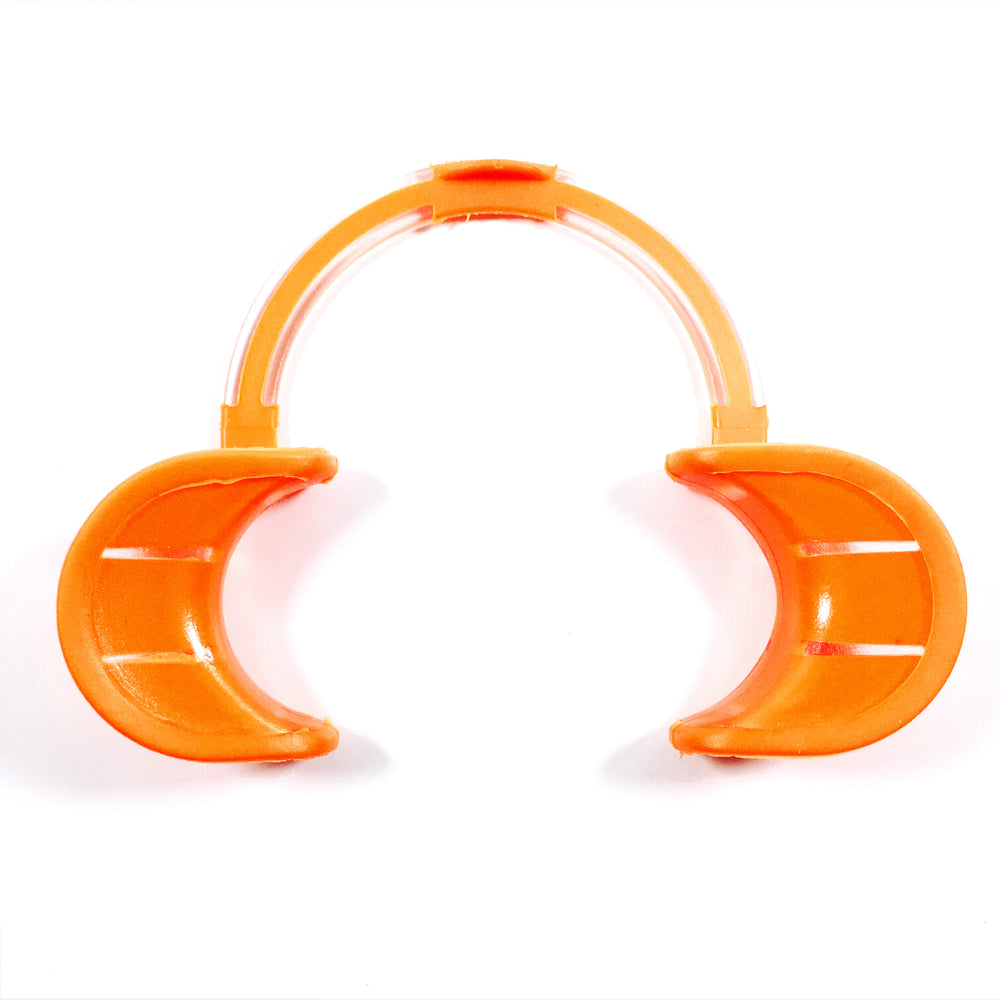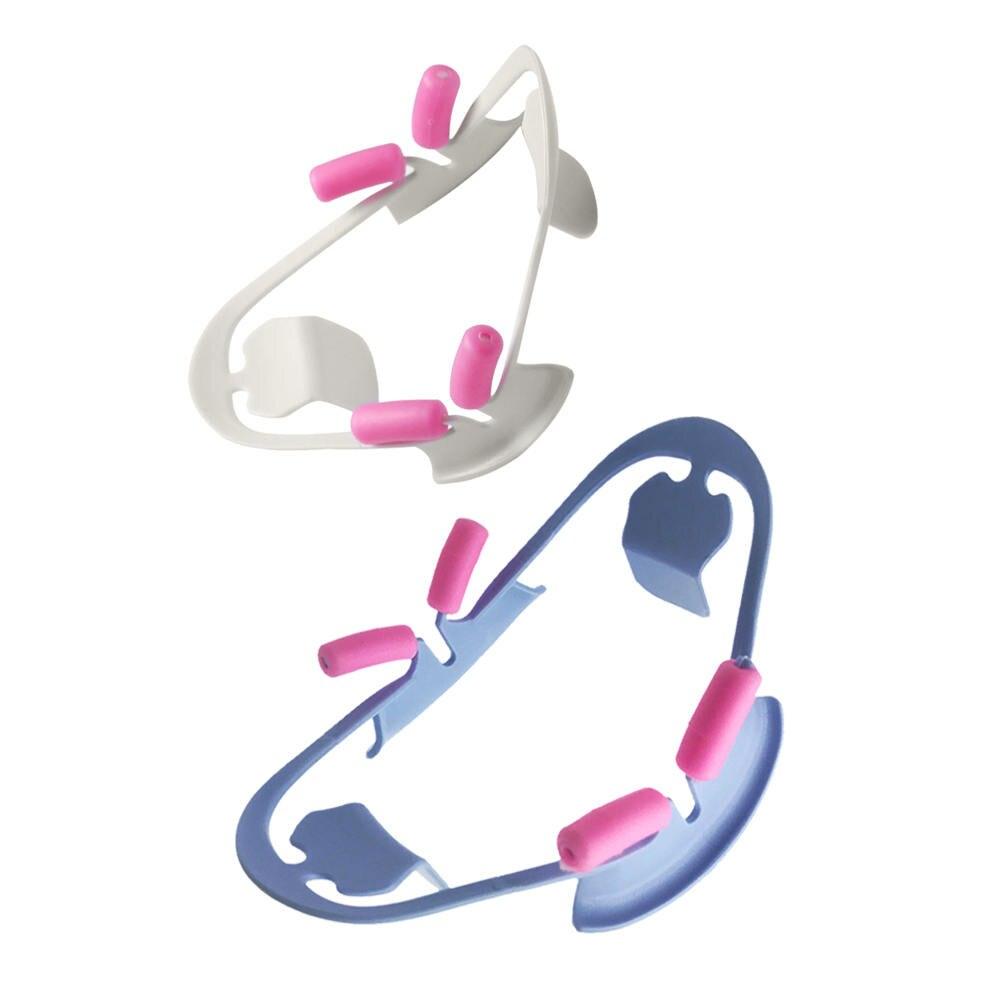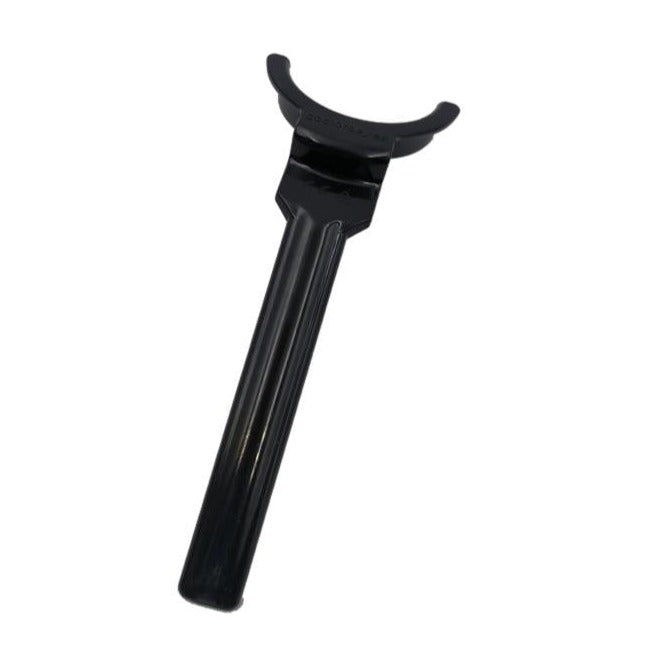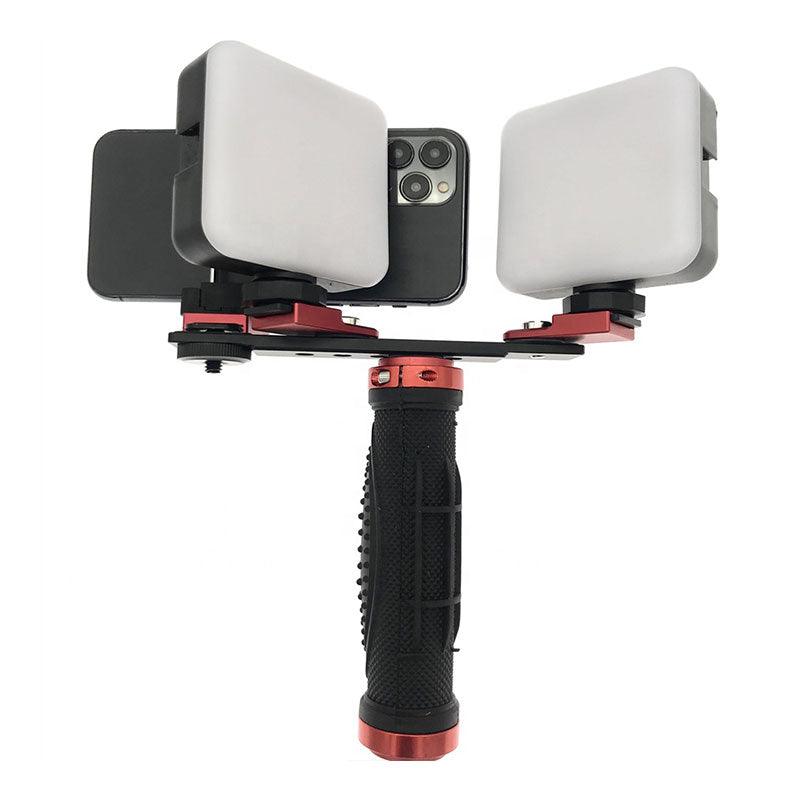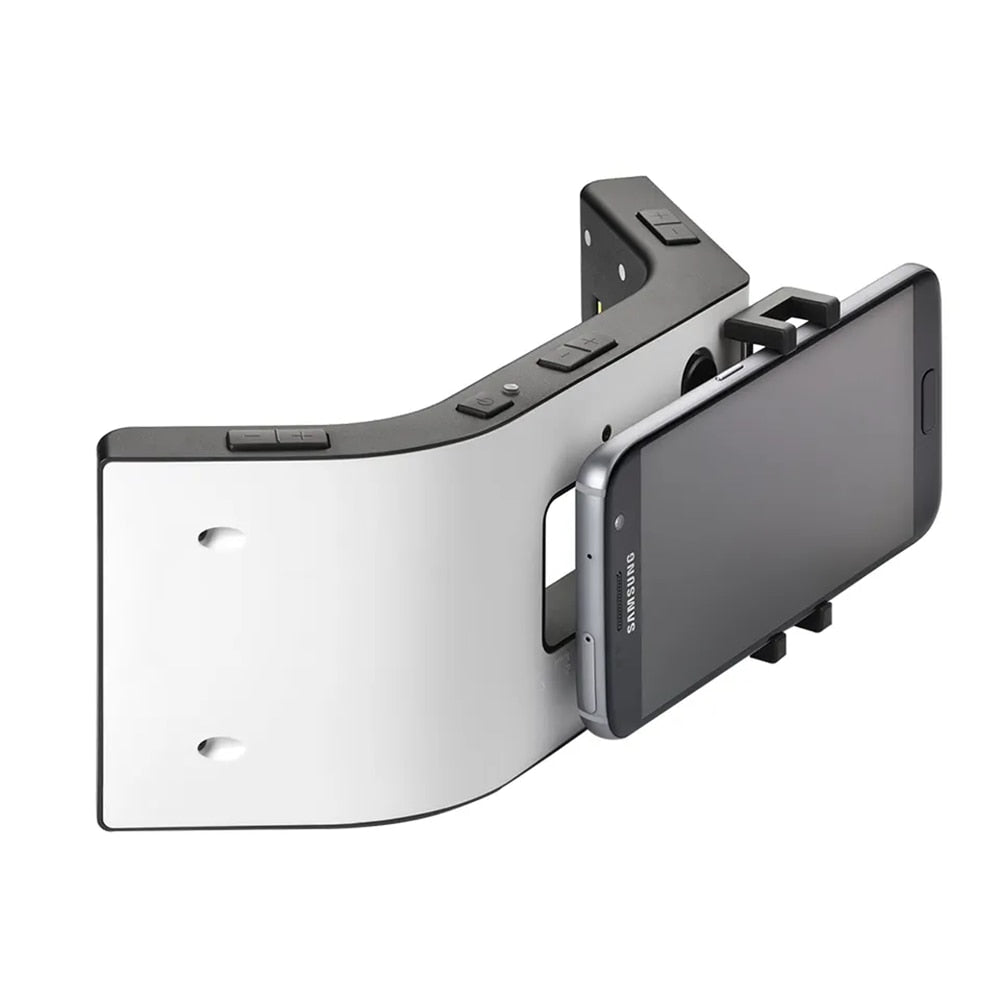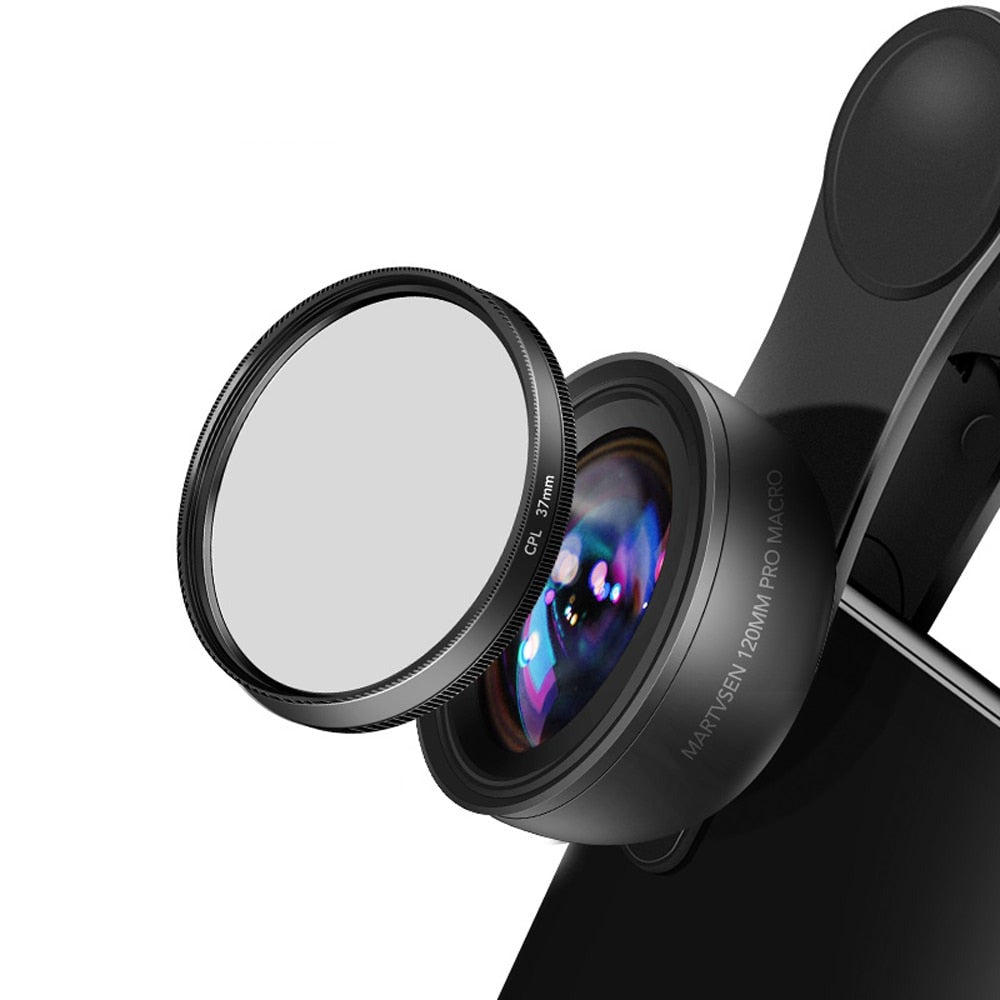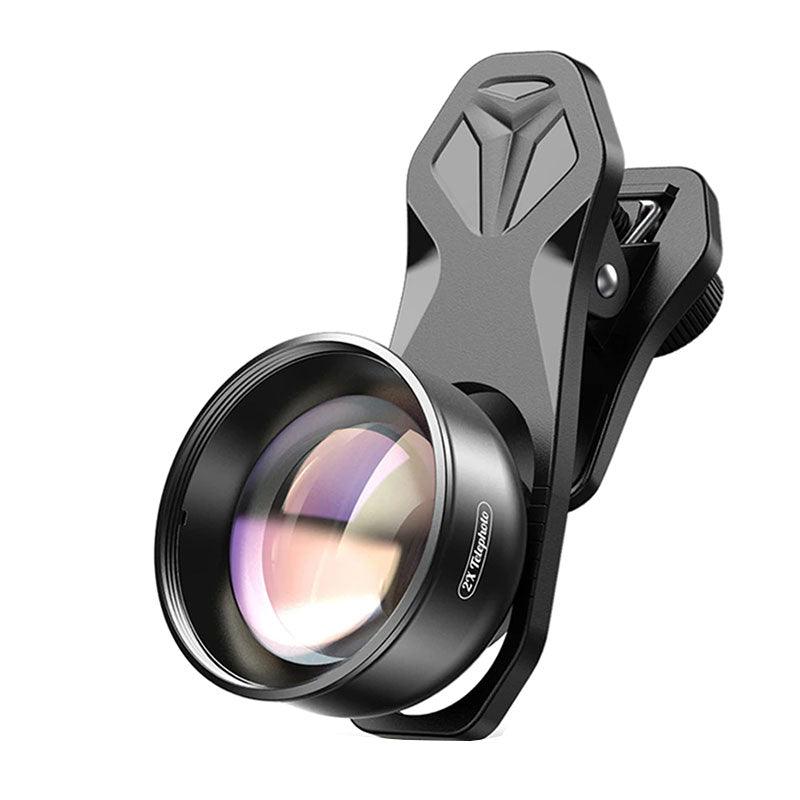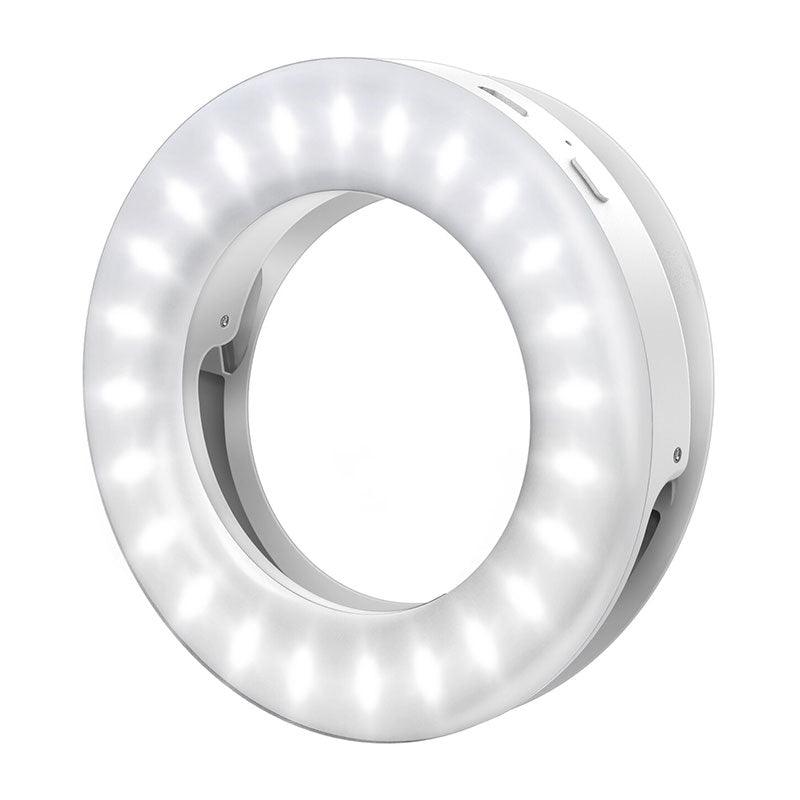Photography plays an important role in modern dentistry. It allows dentists to visualize and analyze the structure and condition of teeth and the oral cavity, record treatment progress, and create educational materials for patients and presentations. An important aspect of a successful dental photo shoot is choosing the right camera. In this article, we will look at the types and characteristics of cameras for dental photography and share a few useful life hacks.
1. Compact cameras. Compact cameras are a convenient and affordable option for beginners in dental photography. They have automatic settings and are easy to use. However, when choosing a compact camera, pay attention to the resolution, optics, and manual control capabilities. Higher resolution and optical zoom will allow you to get more detailed and high-quality images.
2. SLR cameras (DSLR or SLR).
SLR cameras provide more opportunities for setting up and controlling shooting settings, which makes them popular among professional dentists. They allow you to change lenses, which makes it possible to use optics of different focal lengths to obtain a variety of images. When choosing an SLR camera, pay attention to the resolution, ISO sensitivity, exposure settings, and color balance.
3. Microscopic cameras.
Microscopic cameras are designed to create photographs using dental microscopes. They are usually connected to a microscope and allow you to obtain high-resolution images with large magnifications. When choosing a microscopic camera, pay attention to its compatibility with your microscope and its ability to adjust focus and lighting.
4. Waterproof cameras.
During dental procedures, saliva and liquids may get on the camera. In such cases, it is useful to choose a waterproof model with reliable protection from moisture.
5. Examine the characteristics of the lenses.
An important role in determining the quality of dental photography is played by the choice of lens. Pay attention to the focal length of the lens, its magnification, and its macrophotography capabilities. Macro lenses allow you to get detailed close-ups, which is useful for a detailed study of the teeth and oral cavity.
Life Hacks:
— When choosing a camera, it is recommended to consult with other dentists or specialists in the field of dental photography to get recommendations and feedback on various models.
— Do not forget about the possibility of updating the equipment. Technology is evolving, and new camera models may offer better features and capabilities than previous models.
— Constantly improve your photography skills. Even with the best camera, the results may not be good enough without the necessary photography knowledge and skills. Therefore, it is recommended to study composition, lighting, and editing techniques to get the best results.
We hope that this article helped you better understand the types of cameras for dental photography and gave you useful life hacks in preparation for a dental photo shoot. Good luck in your photographic adventures and shooting.




